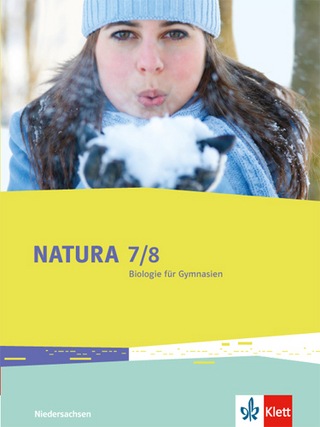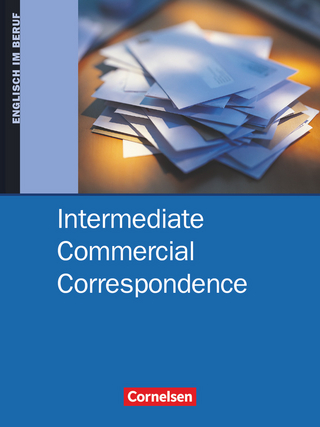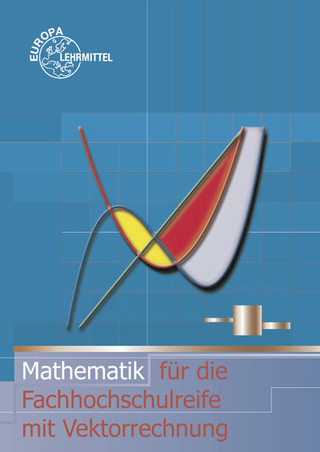
Nonculturable Microorganisms in the Environment
Springer-Verlag New York Inc.
978-1-4757-0273-6 (ISBN)
It raises a question as to whether the pathogenicity manifested by these bacteria is opportunism, or simply metabolic functions of bacteria that are naturally occurring in the environment and contributing to the stability and sustainability of the environment, with the inadvertent host, the human, suffering because of mis- placed consequences of those metabolic functions. It is an interesting question to ponder. Throughout the pages that follow, invited authors describe, from each of their perspectives, the significance and consequences of the viable but nonculturable state.
1. Semantics and Strategies.- 2. Morphological Changes Leading to the Nonculturable State.- 3. Size Matters: Dwarf Cells in Soil and Subsurface Terrestrial Environments.- 4. Membrane Bioenergetics in Reference to Marine Bacterial Culturability.- 5. Diversity of Uncultured Microorganisms in the Environment.- 6. Molecular Genetic Methods for Detection and Identification of Viable but Nonculturable Microorganisms.- 7. Environmental Parameters Associated with the Viable but Nonculturable State.- 8. Starved and Nonculturable Microorganisms in Biofilms.- 9. Phenotypic Plasticity in Bacterial Biofilms as It Affects Issues of Viability and Culturability.- 10. Survival, Dormancy, and Nonculturable Cells in Extreme Deep-Sea Environments.- 11. Bacterial Viruses and Hosts: Influence of Culturable State.- 12. The Importance of Viable but Nonculturable Bacteria in Biogeochemistry.- 13. Viable but Nonculturable Cells in Plant-Associated Bacterial Populations.- 14. Implications of the Viable but Nonculturable State in Risk Assessment Based on Field Testing of Genetically Engineered Microorganisms.- 15. Chemical Disinfection and Injury of Bacteria in Water.- 16. The Public Health Significance of Viable but Nonculturable Bacteria.- 17. Epidemiological Significance of Viable but Nonculturable Microorganisms.- 18. Bacterial Death Revisited.
| Zusatzinfo | 25 Illustrations, black and white; XI, 354 p. 25 illus. |
|---|---|
| Verlagsort | New York, NY |
| Sprache | englisch |
| Maße | 178 x 254 mm |
| Themenwelt | Naturwissenschaften ► Biologie ► Zoologie |
| ISBN-10 | 1-4757-0273-6 / 1475702736 |
| ISBN-13 | 978-1-4757-0273-6 / 9781475702736 |
| Zustand | Neuware |
| Informationen gemäß Produktsicherheitsverordnung (GPSR) | |
| Haben Sie eine Frage zum Produkt? |
aus dem Bereich



